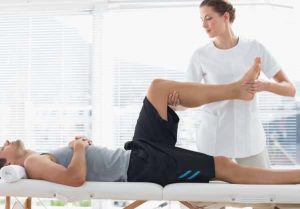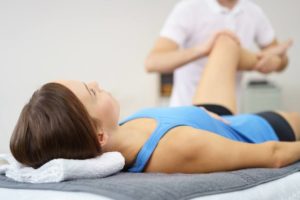What are the Phases of Chiropractic Care?
How long your decide to benefit from chiropractic care is always up to you.
Decision Point
There are 3 Phases of Chiropractic Care.
Phase 1 – Initial Acute Care
In the first stage of care we aim to relieve pain. Initially your muscles may be in spasm, and your joints may be inflamed. Your chiropractor’s focus is to reduce pain with gentle manipulation, and aftercare home advice (sometimes ice, or rest is needed). Depending on your age, overall health condition, level of joint degeneration and lifestyle, some return visits may be necessary to reduce or eliminate your initial presenting symptoms.
Phase 2- Subacute Care
In this next phase your chiropractor will focus on rehabilitating and restoring joint function. Muscle and other soft tissue damage can often persist after your initial symptoms have subsided, so we check to make sure the trigger points are releasing and becoming less active. We also assess your range of motion and give stretching and strengthening exercises to restore the correct function to the areas involved. We will encourage you to supplement your care with exercises or other self-care procedures you can do at home to try to prevent further relapses.
Phase 3 – Future Follow-up Care
Sometimes more chronic musculoskeletal conditions will require some longer term care from time to time to help manage the pain and symptoms. For example, chronic low back pain is very common, and whilst we are able to help with some immediate relief, at times we may need to educate you on how to be more aware of your body and the signs that there may be a problem starting. We aim to try to help you manage your condition by looking at lifestyle, posture and other stressors in your life that could possibly be modified. This may involve follow up at the first sign of a symptom you are aware of is a precursor to your condition. Feeling pain, stiffness, or discomfort for example are a good reasons to come back for follow up care. All of this is dependant on each individual case.



